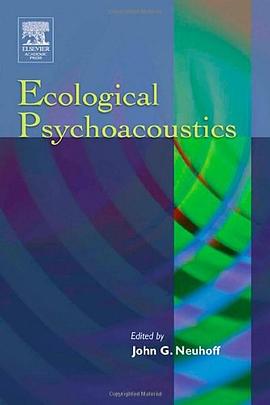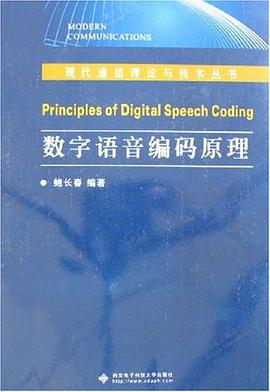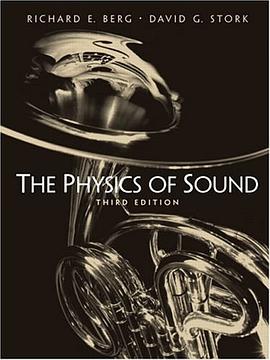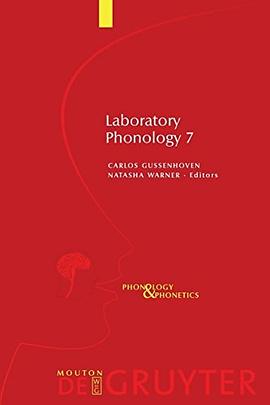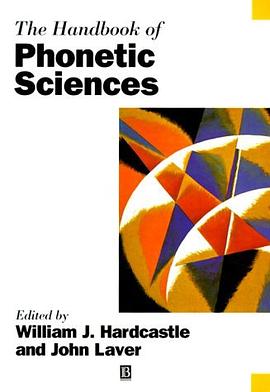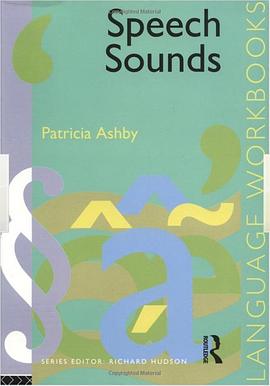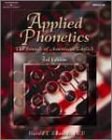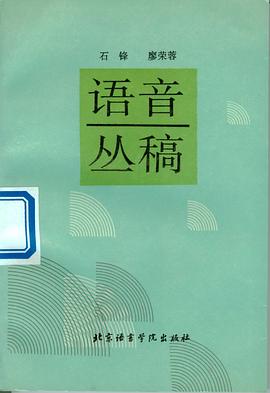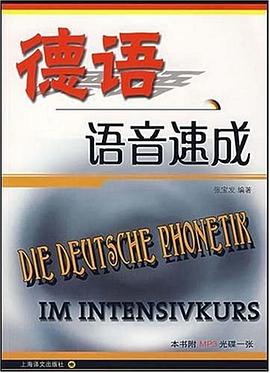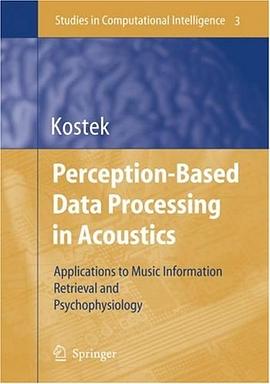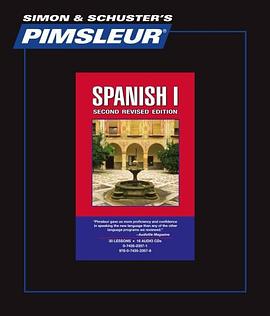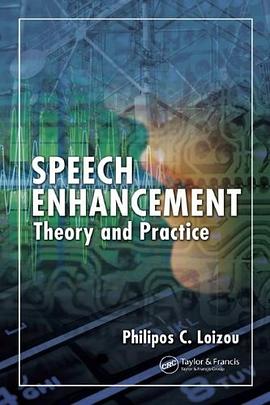

具體描述
The first book to provide comprehensive and up-to-date coverage of all major speech enhancement algorithms proposed in the last two decades, "Speech Enhancement: Theory and Practice" is a valuable resource for experts and newcomers in the field. The book covers traditional speech enhancement algorithms, such as spectral subtraction and Wiener filtering algorithms as well as state-of-the-art algorithms including minimum mean-squared error algorithms that incorporate signal-presence uncertainty and subspace algorithms that incorporate psychoacoustic models. The coverage includes objective and subjective measures used to evaluate speech quality and intelligibility. Divided into three parts, the book presents the digital-signal processing and speech signal fundamentals needed to understand speech enhancement algorithms, the various classes of speech enhancement algorithms proposed over the last two decades, and the methods and measures used to evaluate the performance of speech enhancement algorithms. The text is supplemented with examples and figures designed to help readers understand the theory. MATLAB[registered] implementations of all major speech enhancement algorithms and a speech database that can be used for evaluation of noise reduction algorithms are available for download on the book's description page at the CRC Press website. Providing clear and concise coverage of the subject, the author brings together a large body of knowledge about how human listeners compensate for acoustic noise when in noisy environments. This book is a valuable resource not only for engineers who want to implement the latest speech enhancement algorithms but also for speech practitioners who want to incorporate some of these algorithms into hearing aid applications for speech intelligibility and/or quality improvement.
著者簡介
Philipos C. Loizou 美國德州大學達拉斯分校 教授 語音處理實驗室和人工耳蝸實驗室 www.utdallas.edu/~loizou/
語音增強領域的知名學者
圖書目錄
Understanding the Enemy: Noise
Classes of Speech Enhancement Algorithms
Book Organization
References
FUNDAMENTALS
DISCRETE-TIME SIGNAL PROCESSING AND SHORT-TIME FOURIER ANALYSIS
Discrete-Time Signals
Linear Time-Invariant Discrete-Time Systems
The z-Transform
Discrete-Time Fourier Transform
Short-Time Fourier Transform
Spectrographic Analysis of Speech Signals
Summary
References
SPEECH PRODUCTION AND PERCEPTION
The Speech Signal
The Speech Production Process
Engineering Model of Speech Production
Classes of Speech Sounds
Acoustic Cues in Speech Perception
Summary
References
NOISE COMPENSATION BY HUMAN LISTENERS
Intelligibility of Speech in Multiple-Talker Conditions
Acoustic Properties of Speech Contributing to Robustness
Perceptual Strategies for Listening in Noise
Summary
References
ALGORITHMS
SPECTRAL-SUBTRACTIVE ALGORITHMS
Basic Principles of Spectral Subtraction
A Geometric View of Spectral Subtraction
Shortcomings of the Spectral Subtraction Method
Spectral Subtraction Using Oversubtraction
Nonlinear Spectral Subtraction
Multiband Spectral Subtraction
MMSE Spectral Subtraction Algorithm
Extended Spectral Subtraction
Spectral Subtraction Using Adaptive Gain Averaging
Selective Spectral Subtraction
Spectral Subtraction Based on Perceptual Properties
Performance of Spectral Subtraction Algorithms
Summary
References
WIENER FILTERING
Introduction to Wiener Filter Theory
Wiener Filters in the Time Domain
Wiener Filters in the Frequency Domain
Wiener Filters and Linear Prediction
Wiener Filters for Noise Reduction
Iterative Wiener Filtering
Imposing Constraints on Iterative Wiener Filtering
Constrained Iterative Wiener Filtering
Constrained Wiener Filtering
Estimating the Wiener Gain Function
Incorporating Psychoacoustic Constraints in Wiener Filtering
Codebook-Driven Wiener Filtering
Audible Noise Suppression Algorithm
Summary
References
STATISTICAL-MODEL BASED METHODS
Maximum-Likelihood Estimators
Bayesian Estimators
MMSE Estimator
Improvements to the Decision-directed Approach
Elimination of Musical Noise
Log-MMSE Estimator
MMSE Estimation of the pth-Power Spectrum
MMSE Estimators Based on Non-Gaussian Distributions
Maximum A Posteriori (MAP) Estimators
General Bayesian Estimators
Perceptually Motivated Bayesian Estimators
Incorporating Speech Absence Probability in Speech Enhancement
Methods for Estimating the A Priori Probability of Speech Absence
Summary
References
SUBSPACE ALGORITHMS
Introduction
Using SVD for Noise Reduction: Theory
SVD-Based Algorithms: White Noise
SVD-Based Algorithms: Colored Noise
SVD-Based Methods: A Unified View
EVD-Based Methods: White Noise
EVD-Based Methods: Colored Noise
EVD-Based Methods: A Unified View
Perceptually Motivated Subspace Algorithms
Subspace-Tracking Algorithms
Summary
References
NOISE ESTIMATION ALGORITHMS
Voice Activity Detection Vs. Noise Estimation
Introduction to Noise Estimation Algorithms
Minimal-Tracking Algorithms
Time-Recursive Averaging Algorithms for Noise Estimation
Histogram-Based Techniques
Other Noise Estimation Algorithms
Objective Comparison of Noise Estimation
Algorithms
Summary
References
EVALUATION
EVALUATING PERFORMANCE OF SPEECH ENHANCEMENT ALGORITHMS
Quality vs. Intelligibility
Evaluating Intelligibility of Processed Speech
Evaluating Quality of Processed Speech
Evaluating Reliability of Quality Judgments: Recommended Practice
Objective Quality Measures
Nonintrusive Objective Quality Measures
Figures of Merit of Objective Quality Measures
Challenges and Future Directions in Objective Quality Evaluation
Summary
References
COMPARISON OF SPEECH ENHANCEMENT ALGORITHMS
NOIZEUS: A Noisy Speech Corpus for Quality Evaluation of Speech Enhancement Algorithms
Comparison of Enhancement Algorithms: Speech Quality
Comparison of Enhancement Algorithms: Speech Intelligibility
Comparison of Objective Measures for Quality Evaluation
Summary
References
Appendix A: Derivation of the MMSE Estimator
Appendix B: Special Functions and Integrals
Appendix C: Speech Databases and MATLAB Code
Index
· · · · · · (收起)
讀後感
本书主要介绍了含噪语音的语音增强技术。全书分为三部分: 第一部分介绍了语音信号处理的基础知识,包含傅里叶变换,语音的产生和感知等内容。这部分的内容都是一些常规的内容,在其他的书籍也可以找到相似的内容。 第二部分包含了的半个世纪以来所产生的主要的降噪算法、噪声...
評分本书主要介绍了含噪语音的语音增强技术。全书分为三部分: 第一部分介绍了语音信号处理的基础知识,包含傅里叶变换,语音的产生和感知等内容。这部分的内容都是一些常规的内容,在其他的书籍也可以找到相似的内容。 第二部分包含了的半个世纪以来所产生的主要的降噪算法、噪声...
評分本书主要介绍了含噪语音的语音增强技术。全书分为三部分: 第一部分介绍了语音信号处理的基础知识,包含傅里叶变换,语音的产生和感知等内容。这部分的内容都是一些常规的内容,在其他的书籍也可以找到相似的内容。 第二部分包含了的半个世纪以来所产生的主要的降噪算法、噪声...
評分本书主要介绍了含噪语音的语音增强技术。全书分为三部分: 第一部分介绍了语音信号处理的基础知识,包含傅里叶变换,语音的产生和感知等内容。这部分的内容都是一些常规的内容,在其他的书籍也可以找到相似的内容。 第二部分包含了的半个世纪以来所产生的主要的降噪算法、噪声...
評分本书主要介绍了含噪语音的语音增强技术。全书分为三部分: 第一部分介绍了语音信号处理的基础知识,包含傅里叶变换,语音的产生和感知等内容。这部分的内容都是一些常规的内容,在其他的书籍也可以找到相似的内容。 第二部分包含了的半个世纪以来所产生的主要的降噪算法、噪声...
用戶評價
搞語音增強的朋友們都知道。我隻看瞭前麵幾章。
评分搞語音增強的朋友們都知道。我隻看瞭前麵幾章。
评分搞語音增強的朋友們都知道。我隻看瞭前麵幾章。
评分搞語音增強的朋友們都知道。我隻看瞭前麵幾章。
评分搞語音增強的朋友們都知道。我隻看瞭前麵幾章。
相關圖書
本站所有內容均為互聯網搜索引擎提供的公開搜索信息,本站不存儲任何數據與內容,任何內容與數據均與本站無關,如有需要請聯繫相關搜索引擎包括但不限於百度,google,bing,sogou 等
© 2025 book.quotespace.org All Rights Reserved. 小美書屋 版权所有


